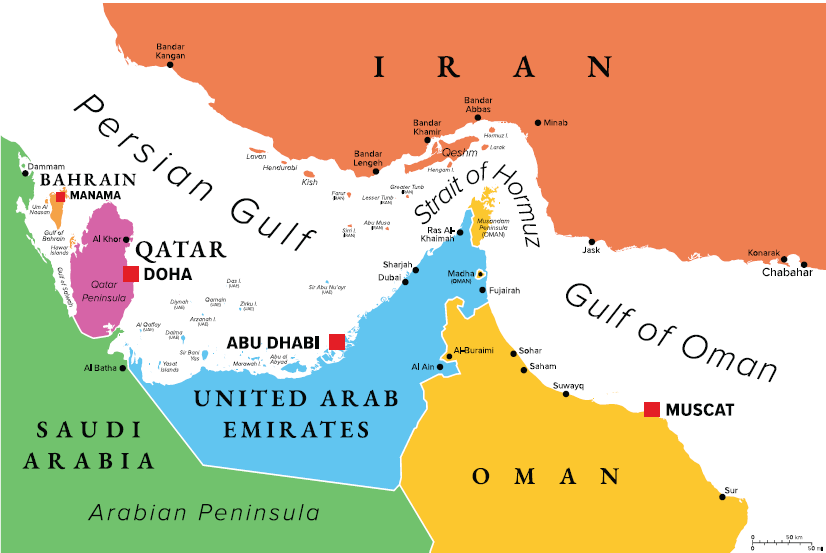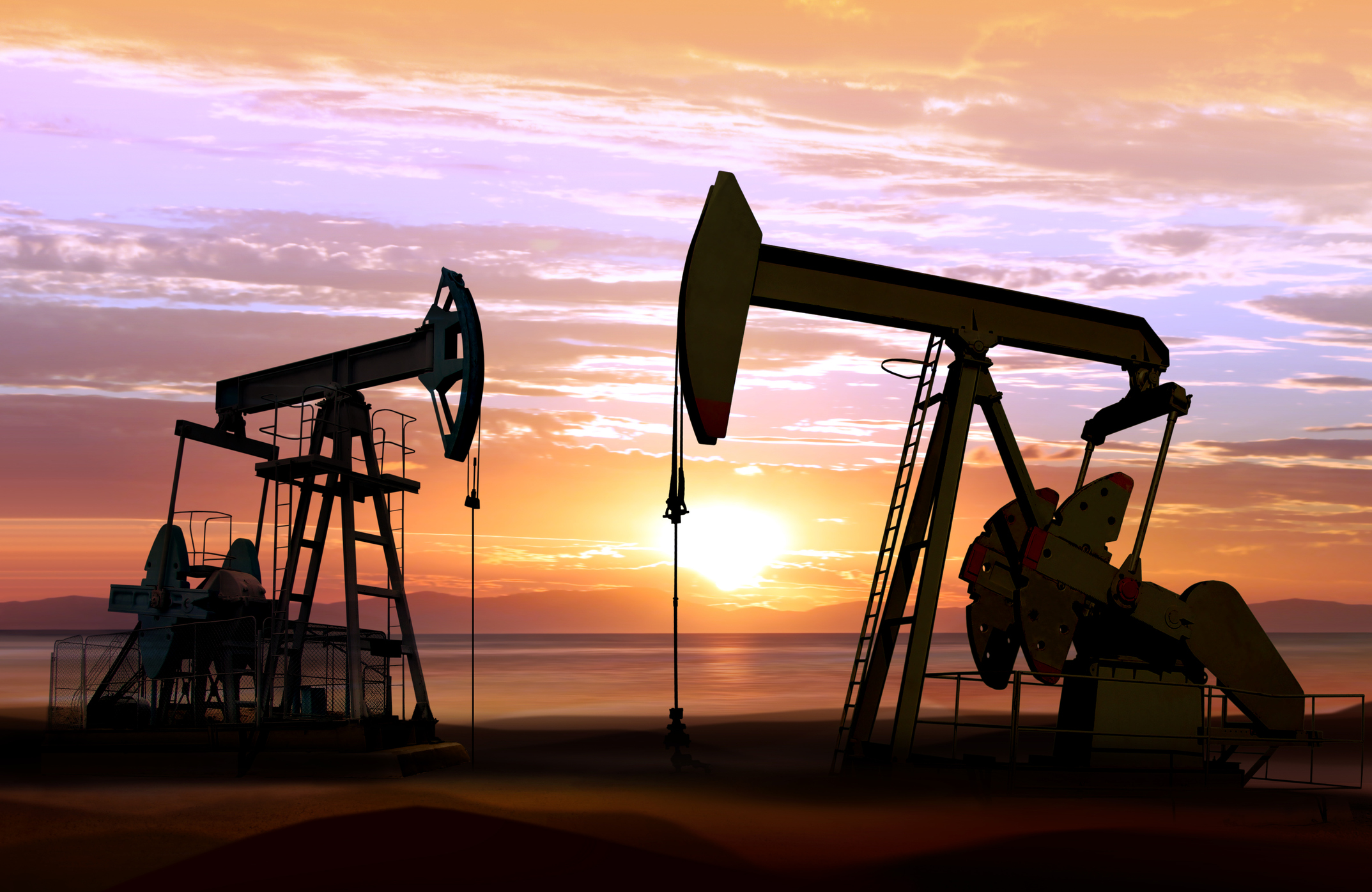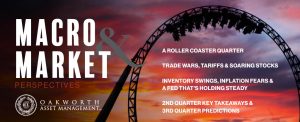IRAN’S OIL GRIP: UNDER THE RADAR, OVER THE BARREL
If you’re only looking at production numbers, Iran might be dismissed as a second-string energy player – outpaced by Saudi Arabia, sidelined by sanctions, and mostly boxed out of global markets. However, there may be more than what meets the eye at first glance.
• By the numbers, Iran owns the fourth-largest proven crude oil reserves on Earth – 157 billion barrels – and it’s only behind Russia when it comes to natural gas. (1)
Around 4% of global oil output and a staggering 18% of global gas reserves belongs to Iran. Quantity may not be the problem. (2)
• In 2024, Iran pumped out roughly 3.3 million barrels per day (bpd) – short of the 4 million+ bpd it is capable of. (3)
It’s geopolitics that seem to be getting in the way of Iran unleashing its liquid gold onto the market. Since 2010, U.S.-led sanctions aimed at damaging Iran’s nuclear advancements have seemingly crippled the country’s economic potential, blocked access to Western tech and prevented Iran from playing in the big leagues of global exports.
In my view, Iran was never going to retreat quietly from the global energy game. Iran still moves more than 1.4 million bpd through the so-called “gray markets,” i.e., ship-to-ship transfers, reflagged tankers and backdoor deals with countries like China. It operates like an underground oil economy, and it brought in an estimated $50 billion in 2023.(4) Less than what the country is fully capable of, and still a shadow of what Iran could rake in on the open market.
U.S. INSULATED – BUT NOT IMMUNE
Location, location, location. Iran’s geographical advantages may extend beyond the fact that it is sitting atop one of the world’s most resource-rich geographies. Situated alongside the Strait of Hormuz, Iran hugs one of the world’s most important oil bottlenecks. Roughly 20% of the planet’s petroleum and a large chunk of Liquefied Natural Gas (LNG) flows through this narrow passage every day. (5) It’s seemingly the financial artery for oil exporters such as Saudi Arabia, UAE, Iraq, Kuwait and Qatar. Iran can likely control the flow and has recently threatened to close the access point if geopolitical tensions rise. (6)
Just the threat of disruption can send global markets into a frenzy. This past month, tensions flared after an Israeli-Iranian escalation — oil prices jumped to nearly $78 per barrel, up from the mid-$60s just weeks earlier.(7) Analysts estimate that even a limited disruption in Hormuz could tack on $8 to $30 per barrel. A full shutdown could send crude skyrocketing to $130, depending on the length and severity. In this case, anyone who purchases crude oil on the open market may be punished with higher prices… so everyone could be at risk of higher prices. (8)
Would Iran truly benefit from aggravating the entire world with higher energy prices? Consider the fact that China — one of Iran’s allies — receives nearly 45% of its oil through the Strait of Hormuz, compared to only 8% for the U.S.9 So, everyone likely pays higher prices and an ally’s supply is drastically reduced, potentially causing a short-term supply shock. A severe enough price shock for the Chinese Communist Party doesn’t just mean potentially pricier fuel — it could derail China’s already fragile post-COVID economic recovery. Yes, Iran could introduce havoc into global oil markets, but what does Iran stand to gain?
Europe could also be in trouble. Following the Russia/Ukraine war, many EU nations reduced their dependency on Russian energy and shifted to Middle Eastern suppliers. If Hormuz becomes a chokepoint, Europe’s manufacturing, transport and inflation outlook could take a direct hit. The European Central Bank, already juggling inflation and recovery, may have to pivot once again toward tighter monetary policy if energy prices surge and inflation reaccelerates.
So where does that leave the U.S.? Believe it or not, it is now the world’s top oil producer.(10) The shale boom helped make the
U.S. more insulated from foreign supply shocks — although oil remains a global commodity. Even with U.S. output rivaling that of the second through fourth largest producers in the Middle East combined (excluding top producer Saudi Arabia), the region still plays a major role in controlling oil prices — impacting the entire world. If tensions rise in the Middle East, you’re still likely going to pay more at the pump in Kansas.(11)
THE DOMINO EFFECT: INFLATION, GROWTH, AND DEBT
A global oil price spike doesn’t just hit gas stations. It fuels inflation, forces central banks to consider interest rate hikes and slows down economic growth. For developing nations, the impact may be even worse. These countries often import most of their oil, and when prices soar, they’re stuck between cutting subsidies or blowing up their budgets. Some may face balance- of-payments crises, debt distress or even civil unrest.
To be sure, oil exporters such as Saudi Arabia, UAE and Iraq should love the extra revenue when prices spike. Even Iran, sanctions and all, may benefit from higher prices. But if tensions spiral into widespread military conflict and economic sanctions, exporters will likely suffer from logistical breakdowns and market instability. Petrostates, in my opinion, need stable markets and societies to enjoy the benefits of their profits.
Uncertainty may also play a role in increasing investor anxiety, which can have a quick effect on the markets. When energy headlines heat up, oil and gas stocks usually rally, and the rest of the equity market usually declines. Investors tend to shift into safe-haven assets like U.S. Treasuries, the U.S. dollar and gold. Central banks may be forced into uncomfortable decisions, especially in emerging markets, where global liquidity acts as a lifeline.

THE IRANIAN PARADOX
Even though there is ample risk, Iran, for all its resource wealth, remains boxed in. It hasn’t broken into the LNG game, it can’t secure foreign capital at scale, and even its Chinese and Russian friends tread carefully to avoid tripping over secondary U.S.- led sanctions. Iran recently considered these challenges and decided not to close or even reduce traffic in the strait.6 Instead, the Islamic Republic of Iran may seek diplomatic de-escalation efforts, which could benefit their economy. If sanctions were to be lifted, Iran could swiftly ramp up output, upgrade its infrastructure, and — given its vast natural gas reserves — position itself as a formidable contender in the global LNG market, potentially rivaling Russia in the space. Obviously, the state of the Middle East remains fluid and, as of the time of this writing, no peace or economic deals have been set in stone.
For now, Iran seems to sit in a strange situation: resource-rich but revenue-poor, constrained in exports but commanding opportunities.
In my view, the real story isn’t just about energy production — it’s about how much tension a single chokepoint can create. Iran still seems to have the ability to rattle markets with a headline and may remain one of the most underappreciated forces in global finance. As we’ve seen time and time again with energy prices, you don’t always need to swing for the fences — sometimes just a threat can create market volatility and shake investors.
This content is part of our quarterly outlook and overview. For more of our view on this quarter’s economic overview, inflation, bonds, equities and allocations, read the latest issue of Macro & Market Perspectives.
SOURCES
- BP Statistical Review of World Energy (2023)
- U.S. Energy Information Administration (EIA)
- OPEC Monthly Oil Market Report – May 2025
- Reuters – Iran’s “gray market” oil sales to China in 2023
- U.S. EIA – Strait of Hurmuz Chokepoint Analysis (updated 2023)
- Reuters – Iran’s options include closing Strait of Hormuz (June 2025)
- Wall Street Journal – Middle East conflict pushes oil prices higher (June 2025)
- Investors Business Daily – Strait of Hormuz crisis analysis
- Washington Times – China’s Dependency on Strait of Hormuz (June 2023)
- Reuters – U.S. crude oil output hit record in April, EIA data shows. (June 30)
- Roic AI – Israel-Iran escalation could push oil even higher, adding inflationary pressures (June 13)
Advisory Services, including investment management and financial planning, are offered through Oakworth Asset Management LLC a registered investment advisor and is owned by Oakworth Capital Bank, Member FDIC. Investment products and services offered via Oakworth Asset Management LLC are independent of the products and services offered by Oakworth Capital Bank, and are not FDIC insured, may lose value, have no bank guarantee, and are not insured by any federal or state government agency. Because of the ownership relationship and involvement by Oakworth Asset Management LLC associates with Oakworth Capital Bank, there exists a conflict of interest to the extent that either party recommends the services of the other. Oakworth Asset Management LLC does not provide tax or legal advice. You should consult your tax advisor, accountant, and/or attorney before making any decisions with tax or legal implications. For additional information about Oakworth Asset Management LLC, including its services and fees, send for the firm’s disclosure brochure using the contact information contained herein or visit advisorinfo.sec.gov.
This communication contains general information that is not suitable for everyone and was prepared for informational purposes only Nothing contained herein should be construed as a solicitation to buy or sell any security or as an offer to provide investment advice. The information contained herein is based upon certain assumptions, theories and principles that do not completely or accurately reflect
any one client situation. This communication contains certain forward-looking statements that indicate future possibilities. Due to known and unknown risks, other uncertainties and factors, actual results may differ. As such, there is no guarantee that any views and opinions expressed herein will come to pass. Investing involves risk of loss including loss of principal. Past investment performance is not a guarantee or predictor of future investment performance.
Any reference to a market index is included for illustrative purposes only as it is not possible to directly invest in an index. The figures for each index reflect the reinvestment of dividends, as applicable, but do not reflect the deduction of any fees or expenses, the incurrence of which would reduce returns. It should not be assumed that your account performance or the volatility of any securities held in your account will correspond directly to any comparative benchmark index. This communication contains information derived from third party sources. Although we believe these sources to be reliable, we make no representations as to their accuracy or completeness.
All opinions and/or views reflect the judgment of the authors as of the publication date and are subject to change without notice.



